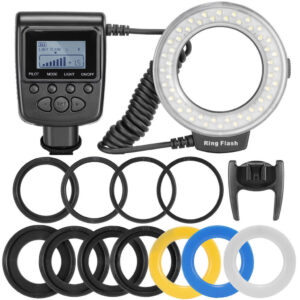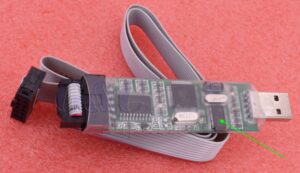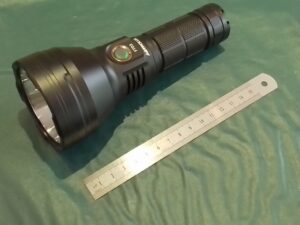Digital display for DIY 25W dummy load – part 1 described a digital display for a DIY 25W dummy load / digital wattmeter. The original research tested implementations on an Arduino Nano (ATmega328P) and Arduino Mini Zero (ATSAMD21). Though the Zero appears the better chip (32bits, better ADC resolution etc), the dev board is so noisy (ADC wise) that the Nano produces better results.
Other candidate chips are those of the newer AVR chips, and to that end some ATtiny1614 chips were purchased for trial. Unfortunately I have not seen inexpensive dev boards and the chips are not available in DIP format, these are SOIC14 (SSOP14) 150mils.
Above is the result of this morning’s cooking… three ATtiny1614 chips on DIP style break out boards for prototyping. The chips were soldered in a T962 IR reflow oven. The very long unmasked sections of pad to accommodate different width chips make for a messy looking solder job as the solder runs along the long pads. Continue reading Digital display for DIY 25W dummy load – part 4









